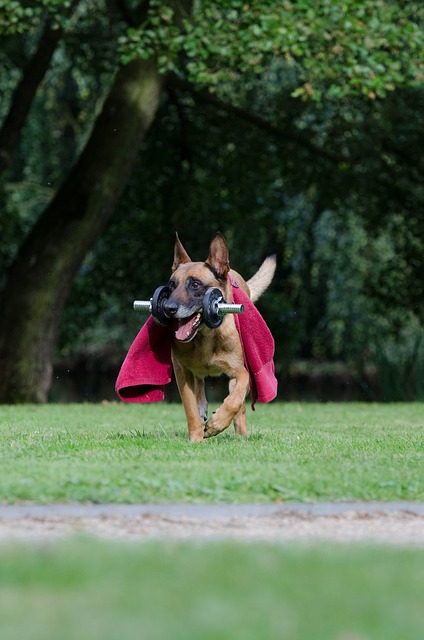A Comprehensive Guide to Effective Dog Training for Enthusiastic Pet Parents

Welcoming a furry friend into your family is a joyous occasion, but the journey to a well-behaved and happy dog requires effective training. As enthusiastic pet parents, understanding the fundamentals of dog training becomes paramount for fostering a strong bond and creating a harmonious living environment.
Establishing a Foundation: The Basics of Dog Training
Building Trust and Communication
Creating a strong foundation begins with establishing trust and effective communication. Dogs are highly attuned to their human counterparts, and a trusting relationship is fundamental to successful training. Communicate with your dog through consistent commands and positive reinforcement, building a language that fosters understanding.
Consistency is Key
Consistency in training is a linchpin for success. Dogs thrive on routine and repetition, making it essential for pet parents to be consistent in their commands and expectations. Whether teaching basic commands or addressing behavioral issues, a consistent approach ensures clarity for your furry friend.
Positive Reinforcement as a Cornerstone
Positive reinforcement serves as a cornerstone of effective dog training. This approach involves rewarding desired behaviors with treats, praise, or playtime. By associating positive outcomes with specific actions, dogs quickly learn the behaviors that lead to rewards, creating a positive and encouraging learning environment.
Tailoring Training to Your Dog’s Personality
Understanding Breed Characteristics
Different dog breeds exhibit distinct characteristics and temperaments. Tailoring your training approach to align with your dog’s breed-specific traits enhances effectiveness. For instance, while some breeds thrive on agility exercises, others may excel in obedience training. Understanding these nuances allows for a more personalized and successful training regimen.
Adapting to Individual Needs
Just as every person is unique, so is every dog. Pay attention to your dog’s individual quirks, fears, and preferences. Adapting your training methods to accommodate these individual needs ensures a positive and stress-free learning experience. By acknowledging and addressing your dog’s specific requirements, you create an environment conducive to successful training.
Navigating Common Training Challenges
Addressing Behavioral Issues
From excessive barking to separation anxiety, dogs may exhibit various behavioral challenges. Identifying the root cause of these issues is crucial for effective resolution. Rather than resorting to punitive measures, focus on positive reinforcement and redirecting undesirable behavior. This approach not only corrects behavior but also strengthens the bond between you and your dog.
Patience and Positive Reinforcement
Training takes time, and patience is a virtue for pet parents. Positive reinforcement, such as treats, praise, or playtime, serves as a powerful motivator for dogs. Celebrate small victories, and acknowledge progress to keep your dog engaged and eager to learn. This positive approach creates a nurturing environment that fosters a love for learning.
Integrating Training Into Daily Life

Incorporating Training Into Play
Training need not be a separate activity but can seamlessly integrate into daily play and interactions. Incorporate commands into playtime, reinforcing learned behaviors during spontaneous moments. By making training a natural part of your dog’s routine, you create a dynamic and enjoyable learning experience.
Enlisting Professional Help
For complex behavioral issues or specialized training, seeking the assistance of a professional dog trainer is a valuable investment. Trainers possess the expertise to assess your dog’s specific needs and tailor a training plan accordingly. This collaboration enhances the training process and provides pet parents with valuable insights.
The Long-Term Benefits of Effective Training
Enhanced Companionship
Effective training strengthens the bond between pet parents and their dogs, fostering a relationship built on trust and understanding. As your dog learns to respond to commands and cues, the level of communication and companionship deepens, creating a fulfilling connection.
Stress-Free Coexistence
Well-behaved dogs contribute to a stress-free living environment. By addressing behavioral challenges and instilling good manners, you create a harmonious coexistence where your dog understands their role in the family dynamic. This, in turn, leads to a more relaxed and enjoyable living space.





